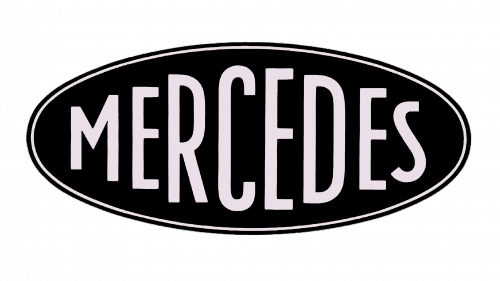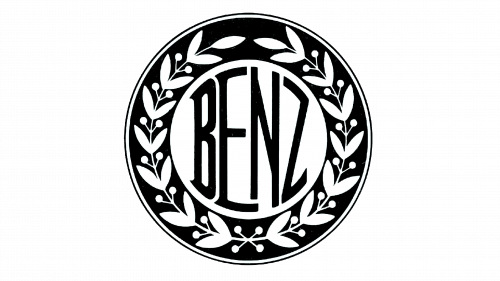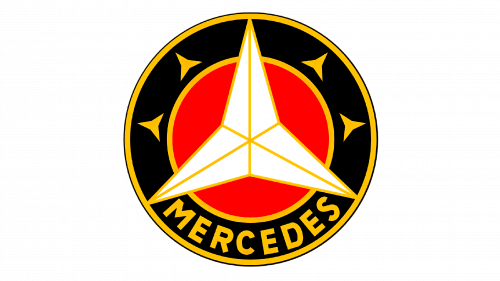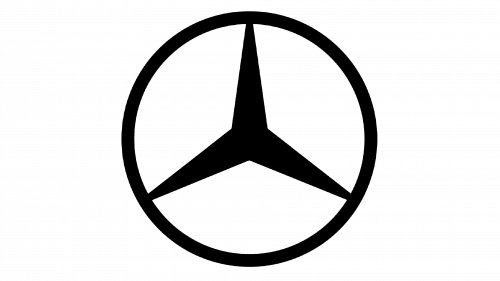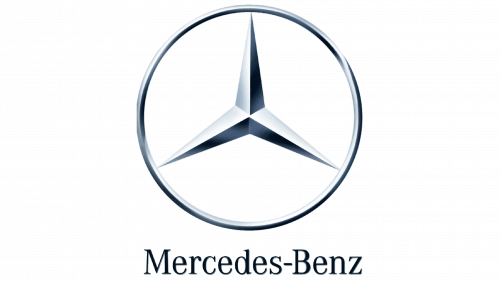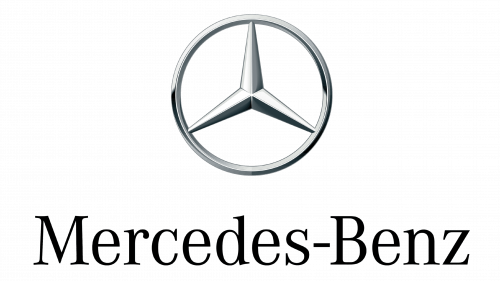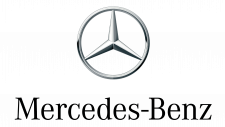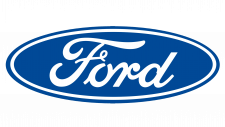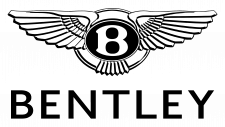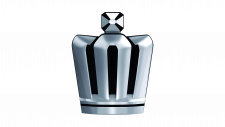Mercedes Benz Logo
The Mercedes Benz is a high-priced and recognizable brand. This automaker is selling the largest number of premium cars along with two other German brands. Simpler models are also manufactured, along with vans, trucks, buses, and off-road vehicles. Actually, Daimler-Benz AG releases multiple car series that become legendary.
Meaning and History
For some time, two automakers – Benz and Daimler – developed side by side. Benz started working in 1883, while the second was created in 1890. An Austro-Hungarian ambassador Emil Jellinek, who invested in Daimler, asked to use his daughter’s nickname – Mercedes. In 1926 they joined forces. After the merger, cars made by the Daimler-Benz concern are known as Mercedes-Benz. In 1998, the brand got better access to the US market by acquiring shares in Chrysler company. Now, cars of this brand can be found in almost every country.
What is Mercedes Benz?
It is typically known for its premium cars and engines. The brand is manufacturing environmentally-friendly vehicles, as well as improving the technological elements of its cars in order to continue to occupy a leading position in the automotive market.
1902 – 1909
A black oval emblem with a white and black double border served as the basis. Inside, the figure had the word “Mercedes”. Every letter was uppercase and white. They were a different size, though, and completely filled the oval shape.
1909 – 1916
The logo created in 1909 was a good representation of a company that was shaping a new industry thanks to its intricate and symmetrical design as well as monochromatic color palette. It was a round emblem with a white center and black frame around it that had a white laurel wreath on it. A thin white and black outer border added more details. Inside the inner circle, it said “Benz” in black capital letters. The printed letters repeated the shape of the circle, so they were taller in the centers and shorter on the sides.
1909 – 1916
The first time Mercedes used the iconic three-pointed star as the primary logo was in 1909. The original design of the well-known today badge was executed in yellow-gold shades. The star was pretty massive and voluminous, set alone on the transparent background without any framing or lettering. It was a sharp and massive, yet still very elegant badge, which stayed with the German automaker for almost seven years.
1916 – 1926
Initially, the company also manufactured aircraft and marine engines. Thus, it decided to reflect this in its logo. A star with three ends symbolizes success and prosperity on land, in the air, and at sea. It was white with a yellow border as well as yellow lines going from pointed ends to opposite corners. A black circle with a red center was in the background. The yellow color was also used as a border for both of these. At the bottom, it stated “Mercedes” in uppercase yellow letters, which looked great against a black. There were two yellow stars on both sides of the upper beam.
1926 – 1933
The new logo had laurel branches the Benz brand used before and titles of brands that have merged into one amazing company. They were done in white uppercase letters and placed at the top and bottom of a round emblem with branches on both sides. They looked great against a black. The center was burgundy with a black and white star that had a 3D appearance.
1933 – Today
In 1933, the backdrop of burgundy transitioned to a shade of light gray, and the star underwent a transformation to exhibit a white and gray color scheme. The leaves decorating the border experienced a redesign, manifesting slightly enlarged compared to their predecessors in the earlier logo iterations. This transformation imbued the logo with a refreshed aesthetic, subtly altering its visual components while preserving the foundational elements, thus maintaining a cohesive brand identity and aligning the emblem’s evolution with contemporary design nuances. The adjustments, although seemingly minimal, played a crucial role in accentuating the emblem’s distinct features and enhancing its overall visual impact.
1933 – 1989
A simplified version was presented in 1933. It had a round design with a black border and white center. A black three-pointed star popped against the white and touched the border. There were no other details or wordmarks, but the star was already quite recognizable.
1989 – 2009
The star and ring around it introduced back in 1933 were done in silver. The star had angular peaks and shadows thanks to which it had some volume. The ring was thinner compared to the plain black version. It looked as if it was metallic and had a very realistic feel. Underneath, the emblem had “Mercedes-Benz” in a black typeface with serifs and first letters being capitalized.
2009 – 2011
In 2009, a shift towards a flat design was embraced, superseding the previous three-dimensional rendition. The emblem, coupled with the wordmark, underwent a transformation to feature a uniform gray hue, eschewing any accentuations or supplementary elements. The typographical choice for the lettering retained its original form, yet, the absence of the shadow resulted in the depiction of lines appearing more refined and slimmer. This minimalist approach aimed to reflect modern design trends, emphasizing simplicity and clarity while maintaining the recognizable and established identity of the brand, aligning it with contemporary aesthetics and enhancing its visual appeal in a progressively dynamic market environment.
2011 – Today
The emblem was updated again. It got smaller but otherwise stayed unchanged. The shadows in the star had a gradient that gave it a more rounded look. The name underneath was kept unchanged.
Font and Color
Initially, the logo had a three-pointed star framed by a wreath. It had a black and white color palette. The letters were all uppercase and had varying lengths. Later, this wreath was transformed into a regular circle, which is still seen today. The color palette changed throughout the years from yellow, red, and black to black, burgundy, and white. Blue and white were introduced in 1933 and are still used. Since 1933, the shades of black and gray were the main colors. The black font used for the wordmark is classic with serifs.


